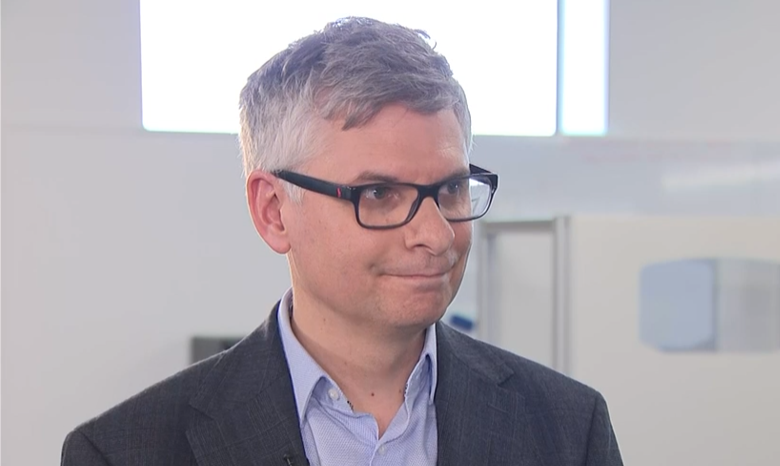The Humber Energy Board says with the right policies in place more ta £15bn of private money could be invested on both banks of the estuary.
In a new report called Delivering the Vision the organisation, made up of energy businesses supported by key public sector organisations and academic institutions, provides a new roadmap for the decarbonisation of the Humber and outlines the Government support required to deliver it.
Richard Gwilliam, Chair of the Humber Energy Board, said: “Businesses across the Humber are ready to invest over £15bn in decarbonisation projects that will drive growth, protect energy security, create tens of thousands of jobs and slash our carbon emissions.
“In Delivering the Vision we set out the policy support needed to unlock this investment, including the creation of a regional CCS network, new hydrogen markets and power grid upgrades.
“Following recent support for CCUS in Teesside and the North West, we urge the Chancellor to listen to our recommendations and fulfil the promise of her party conference speech to make CCS jobs in the Humber a reality. This will ensure the region can continue to power Britain and help deliver the country’s carbon reduction targets.
“We believe the transformation and decarbonisation of the Humber is essential to delivering the economy of the future and the UK’s ambitious climate targets, but time is ticking. Unless there is urgent action from the UK Government, we could see businesses take their money elsewhere, prioritising investments overseas rather than in this key geography for UK energy security.”
‘Delivering the Vision’ demonstrates that with the right policies in place over £15bn of private money could be invested on both banks of the Estuary, supporting the Government’s missions of growing the economy and developing a clean power 2030 energy system.
The support the HEB wants to see from the Government includes:
- Creating a largescale carbon transport and storage network for the region: The Humber has access to two thirds of the UK’s licenced storage capacity, making it an ideal site for a network that could store tens of millions of tonnes of carbon dioxide from the region’s industrial sites and power stations. Without this network the Government’s carbon reduction targets will be impossible to meet.
- Accelerating the development of new hydrogen markets: Hydrogen fuel switching alone could abate up to 21% of the region’s emissions each year by 2040, around 3 million tonnes of carbon dioxide, and support the ongoing viability of the Humber’s chemicals, refining and combined heat and power industries.
- Prioritising new grid connectivity: With a pipeline of 11GW of additional offshore wind capacity, the region should be prioritised for additional power grid capacity to ensure this renewable power can be transmitted to homes and businesses.
Paul Fursey, Lead Executive UK & General Manager Humber Refinery at Phillips 66 and HEB member, said: “This report sets out a clear roadmap for a thriving, lower-carbon industrial cluster which can be effectively delivered if we have the necessary support from Government. Our investment in lower-carbon technologies will not only act as an anchor for future carbon capture pipelines but attract significant investment to the region.
“This will also foster the development and innovation of new technologies for hard-to-decarbonise sectors, such as sustainable aviation fuel. Through the Humber Energy Board, we look forward to working with the UK Government to ensure we can deliver our plans in time for binding climate targets.”



